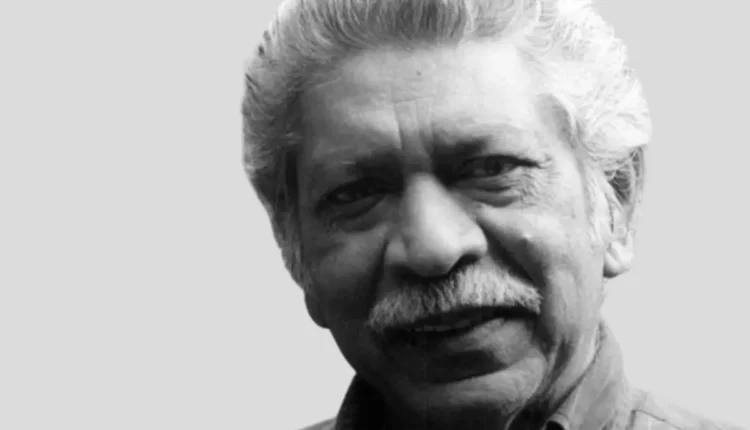In the annals of literature, there are voices that resonate deeply, capturing the essence of cultures, histories, and identities. One such luminary is Ismith Khan, whose narrative tapestries intricately weave together the threads of Indo-Caribbean identity.
Born on March 16, 1925, in Port of Spain, Trinidad and Tobago, Khan’s journey from the shores of the Caribbean to the literary landscapes of America is a testament to resilience, creativity, and the pursuit of self-discovery.
Early Life and Education of Ismith Khan
Ismith Khan’s roots run deep into the soil of Trinidad, where he was born to Faiez and Zinab Khan, into a family steeped in the traditions of Indian Pathan descent. The echoes of his familial history, particularly his grandfather Kale Khan’s journey from British India to the shores of Trinidad, resonated profoundly in Khan’s upbringing.
It was within the vibrant mosaic of Port of Spain that Khan’s literary sensibilities began to take root, nurtured by the diverse cultural tapestry of his surroundings.
His educational odyssey traversed continents, from the corridors of Queen’s Royal College to the halls of academia in the United States. Despite initial forays into engineering, Ismith Khan’s true calling emerged in the realm of sociology and fiction writing.
It was during his tenure at The New School for Social Research in New York that the seeds of his literary prowess blossomed under the tutelage of fiction-writing workshops, steering him towards a path of storytelling that would redefine Caribbean literature.
Career Trajectory
Khan’s literary pilgrimage was punctuated by seminal works that etched his name in the annals of Caribbean literature. His debut novel, “The Jumbie Bird,” published in 1961, heralded a new chapter in Indo-Caribbean storytelling.
Through the prism of three generations of men—Kale Khan, Rahim, and Jamini—Khan deftly explored the nuances of identity, blending Indian and Afro-Caribbean mythology to craft a narrative that resonated with authenticity and depth.
“The Obeah Man” followed in 1964, casting a spotlight on Trinidad’s mystical undercurrents through the enigmatic figure of Zampi, an obeah man. Khan’s narrative brush painted vivid portraits of life in the hills above Diego Martin, intertwining folklore and socio-cultural commentary to create a tapestry that was both captivating and evocative.
However, it was with “The Crucifixion,” published in 1987, that Khan’s magnum opus came to fruition. Through the journey of Manko, a young man beckoned by the divine to become a preacher, Khan plumbed the depths of faith, identity, and the human condition.
Set against the backdrop of Port of Spain’s barrack yards, Ismith Khan’s narrative probed the existential quandaries of existence, leaving an indelible mark on Caribbean literature.
Legacy and Impact
Despite relative obscurity compared to contemporaries like V.S. Naipaul and Sam Selvon, Ismith Khan’s legacy endures as a testament to the power of storytelling in shaping cultural consciousness. His works, suffused with Trinidadian dialect and rich socio-cultural tapestries, continue to resonate with readers, offering glimpses into the complexities of Caribbean identity.
Khan’s oeuvre transcends the confines of literary convention, embracing themes of childhood, cultural clash, and the quest for identity with nuance and empathy. Through his writings, he charted a course for future generations of Indo-Caribbean writers, inspiring a renaissance of storytelling rooted in the rich soil of Caribbean heritage.

